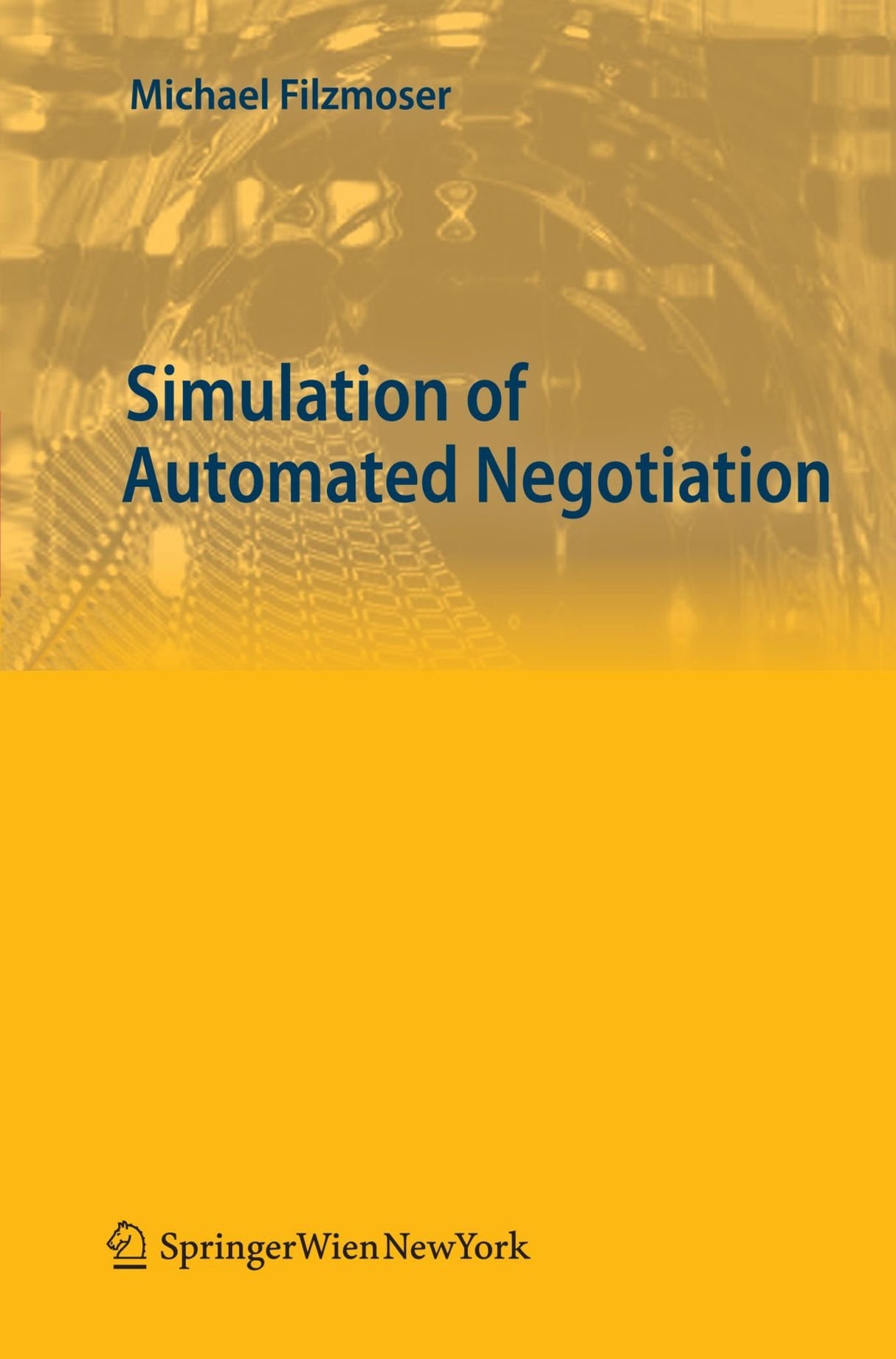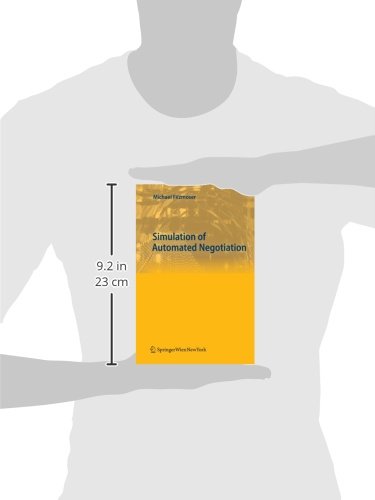Simulation of Automated Negotiation
Simulation of Automated Negotiation is backordered and will ship as soon as it is back in stock.
Couldn't load pickup availability
Genuine Products Guarantee
Genuine Products Guarantee
We guarantee 100% genuine products, and if proven otherwise, we will compensate you with 10 times the product's cost.
Delivery and Shipping
Delivery and Shipping
Products are generally ready for dispatch within 1 day and typically reach you in 3 to 5 days.
📘 Book Details
-
Author: Filzmoser, Michael
-
Publisher: Springer
-
Language: English
-
Edition: Edition. ed.
-
ISBN: 9783709101322
-
Pages: 264
-
Cover: Paperback
-
Dimensions: 9.1 x 6.1 x 0.6 inches
📝 About the Book
Automated Negotiation by Michael Filzmoser is a cutting-edge exploration into the evolving field of negotiation systems and their applications in e-commerce and autonomous agent coordination. As fully operational automated negotiation systems are still in development, this book emphasizes the importance of computer simulation to test and refine system configurations in complex, realistic environments.
The book presents a thorough review of current literature and identifies gaps in existing research, offering innovative strategies for software agents along with alternative interaction protocols. With a strong emphasis on simulation methodology, it delves into the design and analysis of negotiation models, comparing outcomes across different systems and benchmarking them against human agent negotiations.
Key outcome dimensions such as efficiency, fairness, and individual utility are examined in depth, offering valuable insights into the trade-offs and design principles required to optimize automated negotiation outcomes. This title serves as a vital resource for researchers, developers, and academics in the fields of artificial intelligence, e-commerce, negotiation theory, and system design.
Michael Filzmoser, a university assistant at the Vienna University of Technology, brings his expertise in simulation, negotiation, and organizational theory to this insightful work—making it an essential reference for anyone involved in the future of automated interactions.







